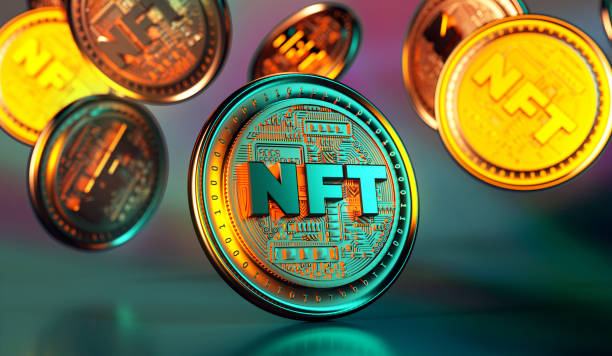The Green Paradox: Exploring the Environmental Impact of NFTs and Cryptocurrency
The rise of Non-Fungible Tokens (NFTs) and cryptocurrency has taken the world by storm. While these technologies hold immense potential for innovation and financial inclusion, a dark cloud hangs over them – their significant environmental impact. This article delves into the energy consumption associated with NFTs and cryptocurrency, explores potential solutions, and examines the ongoing debate about the sustainability of these digital assets.
Understanding the Culprit: Proof-of-Work and Energy Consumption
The environmental concerns surrounding NFTs and cryptocurrency stem from the underlying technology used by many blockchains: Proof-of-Work (PoW). PoW relies on a vast network of computers competing to solve complex mathematical puzzles to validate transactions and secure the network. This process requires enormous amounts of energy, often generated by burning fossil fuels.
The Carbon Footprint of a Digital Asset
Estimating the exact environmental impact of an NFT or cryptocurrency transaction is complex. However, various studies paint a concerning picture. Here are some key points:
- High Energy Consumption: A single NFT transaction can consume as much energy as an average household does in a month.
- Carbon Emissions: The energy consumption associated with PoW blockchains translates to significant carbon emissions, contributing to climate change.
- E-Waste Concerns: The constant hardware upgrades required for PoW mining generate significant electronic waste, adding to the environmental burden.

Beyond the Hype: The Impact on a Global Scale
The environmental impact of NFTs and cryptocurrency is not merely theoretical. Consider these facts:
- Energy Consumption on Par with Countries: The energy consumption of some major blockchains rivals that of entire countries, highlighting the significant environmental footprint.
- Threat to Renewable Energy Goals: The reliance on fossil fuels for PoW mining could hinder progress towards renewable energy adoption.
- Sustainability Concerns for Mainstream Adoption: As NFT and cryptocurrency adoption grows, the environmental impact could become even more severe if left unchecked.
Seeking a Greener Path: Alternative Blockchain Technologies
The good news is that the blockchain community is actively exploring alternative solutions:
- Proof-of-Stake (PoS): This consensus mechanism validates transactions based on stake in the network, requiring significantly less energy compared to PoW.
- Renewable Energy Integration: Efforts are underway to power PoW mining operations with renewable energy sources like solar and wind power.
- Layer-2 Solutions: These solutions aim to reduce the load on the main blockchain, thereby lowering energy consumption.

The Road Ahead: Collaboration and Sustainable Innovation
Addressing the environmental impact of NFTs and cryptocurrency requires a multi-pronged approach:
- Industry Collaboration: Collaboration between blockchain developers, cryptocurrency miners, and regulatory bodies is crucial to implement sustainable practices and promote energy-efficient consensus mechanisms.
- Investor Education: Educating investors about the environmental impact of different blockchains can encourage them to support eco-friendly alternatives.
- Technological Innovation: Continuous research and development are needed to improve the scalability and energy efficiency of blockchain technologies.
A Balancing Act: Innovation vs. Sustainability
The debate surrounding the environmental impact of NFTs and cryptocurrency is complex. Here are some additional considerations:
- The Innovation Argument: Proponents argue that the innovative potential of blockchain technology outweighs the environmental concerns, highlighting its potential to revolutionize various industries.
- The Efficiency Argument: Some believe that blockchain technology can ultimately lead to increased efficiency in financial systems, potentially offsetting the environmental impact.
- The Responsibility Argument: The onus lies on the blockchain industry to develop and adopt sustainable solutions to ensure a future where innovation and environmental responsibility coexist.

Conclusion: A Sustainable Future for Digital Assets
NFTs and cryptocurrency represent exciting technological advancements. However, their long-term viability hinges on addressing the environmental concerns. By fostering collaboration, embracing sustainable solutions, and prioritizing innovation, we can pave the way for a future where digital assets thrive in harmony with the environment. The future of NFTs and cryptocurrency is not just digital, it needs to be green as well.


























